Rare and interesting cars have a knack for attracting loyal enthusiast followings. Here are our favourite cult classics
Words: Sam Skelton
Some cars have always had a halo effect – special models that only the real enthusiasts would appreciate no matter how hard they tried to show the rest of the world. Often the reasoning was based on performance, sometimes on a heritage link with days gone by.
Cars like the Renault Clio Williams and the Lotus Carlton have never become bangers, unlike the rest of the cars which shared the majority of their components. And the dream is kept alive even today by new generations of enthusiasts determined never to let their heroes be forgotten.
And as time passes and interest grows, values of cult cars like this can only head in one direction – these cars are not only fun, but continue to have excellent investment potential. While perhaps not universally desired, their cult status ensures that you will not lose money should you ever decide to sell.
Renault Clio Williams
Launched in 1993, the Clio Williams was a more extreme variant of the 16v 1.8. It had been named to celebrate the Williams F1 team’s victory in the F1 Championship for 1992, and just 3800 were planned. However, that wasn’t enough to satisfy demand, and a further 1600 were built before Renault felt it could pause production. Subsequently, specials were launched with the same engine and interior as the Wlliams model. These were called the Clio Williams 2 and Williams 3 – and between them a further 12000 models were made. The easy way to tell the two apart is the colour – the Williams 2 was the same shade of Sports Blue as the riginal, while the Williams 3 was Monaco Blue and came with a sunroof as standard.
The Williams differed from the standard Clio 16v in one important resect – the 1.8 litre engine of the standard car had been upped to 2.0, using the unit found in the Laguna 2.0 which offered ardent hot hatch admirers 145bhp, 129lb ft of torque, and a top whack of 134mph. This meant new valves, crank and an oil cooler – it wasn’t just a bored out 1800. A wider front track, wider wheels, an uprated gearbox, a four into one exhaust manifold and better suspension completed an extensive list of mechanical changes, while all Williams models had blue trimmings and gold wheels from the factory. Today, any Williams makes for an excellent cult classic.
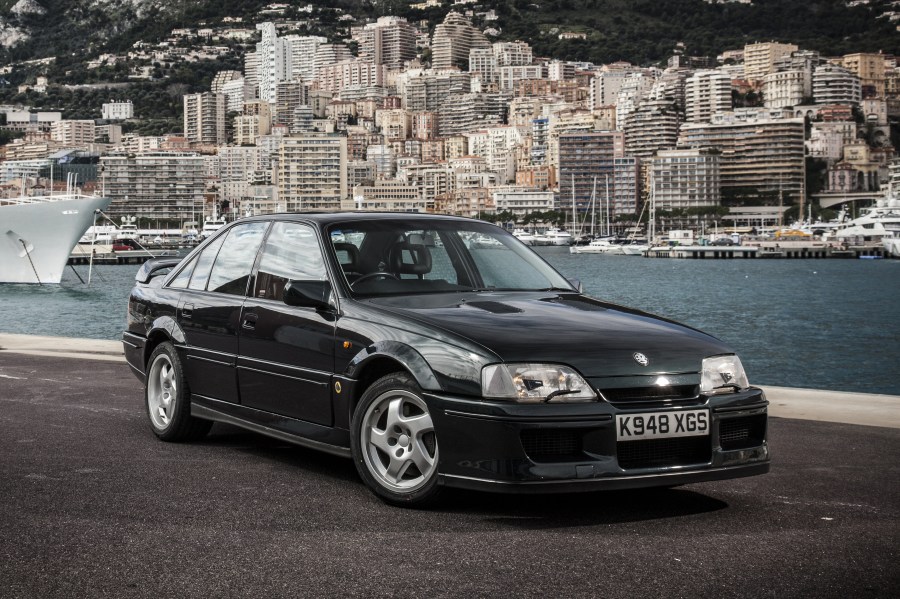
Lotus Carlton
How do you fancy a car that led to questions in the House of Commons? A sports saloon which looks like a photocopier toner salesman was let loose with a copy of Max Power, an expensive exec that looked just like a rep special, a car which bears one of the best respected badges in sports car history alongside one of the most widely mocked mainstream names in British motoring. Step forward the Vauxhall Lotus Carlton.
And we know it says Vauxhall, but this is no Vectra. It’s not even a Carlton GSi – which was the rather good sports saloon upon which it was based. Lotus added a brace of turbochargers, 600cc, the gearbox from a Corvette ZR1 and the bodykit which boosted its aerodynamic ability. Modified suspension and power steering taken from the larger Senator helped keep the beast under control. The 177mph result was deemed profligate in the caring new age 1990s, and in a recession at that. Car thieves loved it – one infamous example evading police with £20000 in stolen cigarettes and booze lining its boot. 40RA even, allegedly, outran the West Midlands police helicopter. An unsuccessful campaign by the Daily Mail and the Association of Chief Police Officers to have the Lotus Carlton banned gave it instant classic status, and its halo has never faded.
Unsurprisingly, Lotus Carltons are big money today. But they speak of their era like no other car. A Vauxhall family saloon that could outrun a Ferrari was the ultimate in 1980s excess, launched into a new decade and a world that was no longer ready. Today, if you want one, no other classic will do.

Rover 200 BRM
Think of the 200 BRM as a sort of prototype for the MG ZR and you won’t be too far off. Following the new 200’s launch, Rover wanted to launch a performance version to put the model on the map – but keen to ensure the brand stayed relevant to sports cars, BMW was reluctant to allow Rover to use the MG name on the new car. A hunt through the history books revealed a link between Rover and racing manufacturer BRM – not least, the Rover BRM turbine car of the 1960s which raced at Le Mans. The BRM nameplate was therefore chosen as the basis for a limited edition based on the VVC-engined 200vi. Usage of the BRM name was granted on the understanding that Rover take the concept of performance saloons seriously.
The ride height was lowered by 20mm, the springs and dampers tweaked, and a Torsen diff fitted courtesy of the 220 Turbo Coupe. This was no showroom special – it was genuinely sharper. But which the marketing men loved the idea of BRG with a BRM-inspired orange nose cone and quilted red leather seats, the buyers hated them. With dealers forced to spray the nose cone silver just to shift cars, it seemed like a failure – but today, the BRM’s cult appeal makes it one of the coolest 1990s Rovers to be seen in. 795 were built for the UK with 350 for overseas markets – those which survive are now fiercely prized.
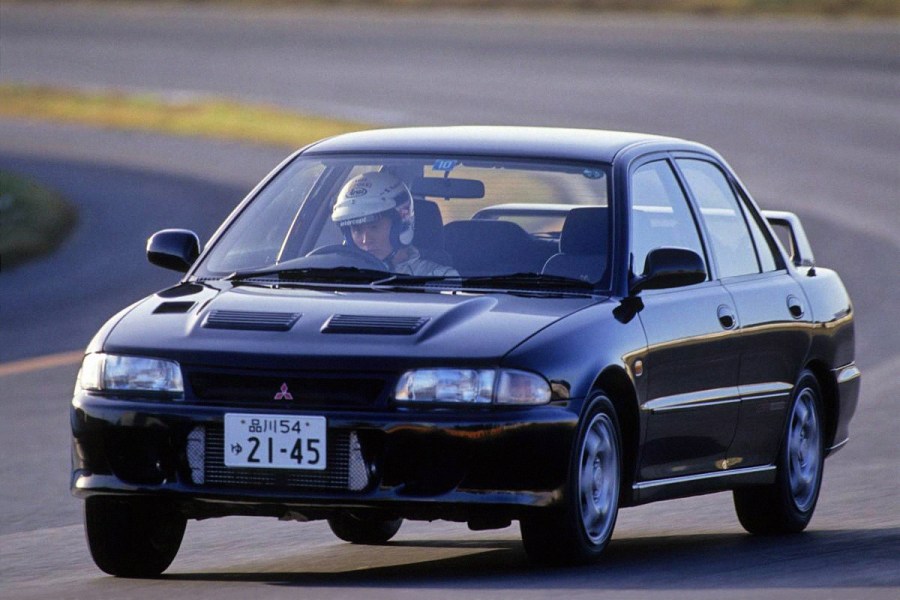
Mitsubishi Lancer Evo I
It’s hard to find a car enthusiast today who has never heard of the Mitsubishi Lancer Evolution range. But for all the fans of the Evo VI, the TME, the FQ 400, and any other choise of acronym, it’s hard to find an enthusiast who remembers that first Evolution model of 1992. And yet this car was genesis – it took the drivetrain of the Galant VR-4 and put it into a smaller bodyshell. Remember that the Lancer was Mitsubishi’s Orion rival – a humdrum hatchback or saloon which subsequently returned to life in Malaysia as the Proton Persona.
And at first the Evolution looks like a bodykitted Proton – this despite hiding a 4G63T four cylinder turbocharged engine offering 244bhp and the ability to hit well over 140mph. 5000 were made as rally homologation specials during 1992 and 1993 – and now, almost forgotten by all but the most ardent of Japanese rally fans, they make for intriguing modern classic alternatives to the ubiquitous Subaru Impreza Turbo 2000.
The handling is nicer, too – less propensity to understeer than the Subaru, to say nothing of the extra power and performance. The subsequent Evo II of 1994 would hardly change the formula – just minor handling tweaks. And today Evo Is are still relatively inexpensive, despite being the classic which sired a synasty of automotive greats. Pricier than an Impreza, yes – but rarer and infinitely more individual to boot. Buy one, and enjoy knowing that you’re the custodian of something that’s just a little bit special.
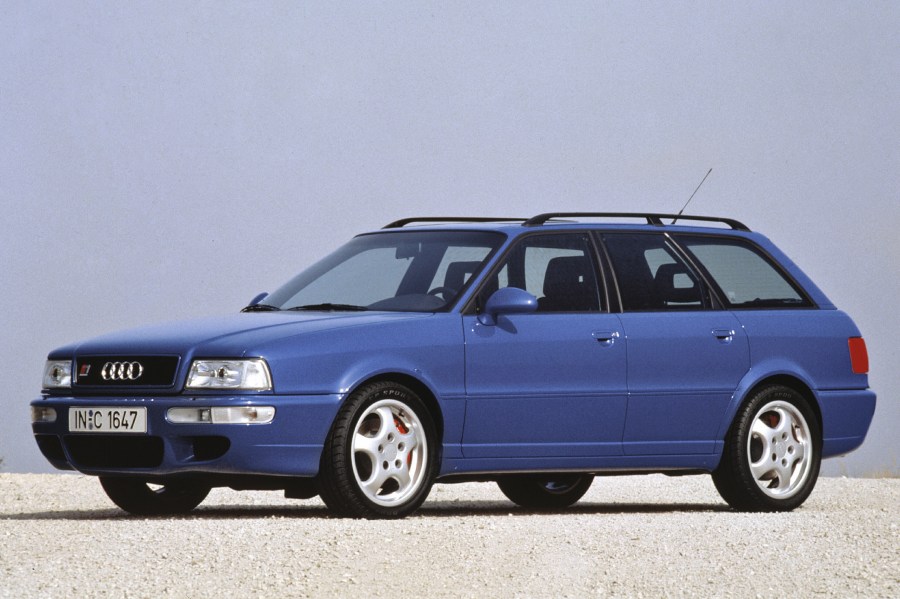
Audi RS2
If ever a car earned its cult status, it was the first of Audi’s RS models. Unlike the other sporting Audis of the time it was solely offered as an estate – based on the S2 Avant, it was developed in conjunction with Porsche.
Standard 80 Avant shells were shipped to the Porsche factory at Zuffenhausen, to the same lines which had been used to build the Mercedes-Benz 500E. They were fitted with brakes and wheels from the 968 Clubsport – but this was only the start of the story.
Porsche uprated the suspension as well as the brakes, and fitted a mean and moody bodykit which relocated the number plate to the rear number and added a tailblazer between the rear lights. Inside, carbon fibre or wood trim was fitted along with the finest full leather sports seats – part suede seats being a popular option. A bigger turbo was fitted, alongside a heavy duty intercooler, better injectors, a new camshaft, better induction and a better exhaust system. An adapted S4 ECU powered the car – which could crack 60mph in under 5 seconds with the family on board and a Labrador in the boot.
Unsurprisingly, the planned production run of 2200 cars sold out almost instantly, with Audi forced to make almost 700 more before demand was sated. Of these, just 180 were produced in right hand drive. Find one of these cars today, and your phone will be ringing off the hook courtesy of other enthusiasts begging you to name your price. An exclusive club…
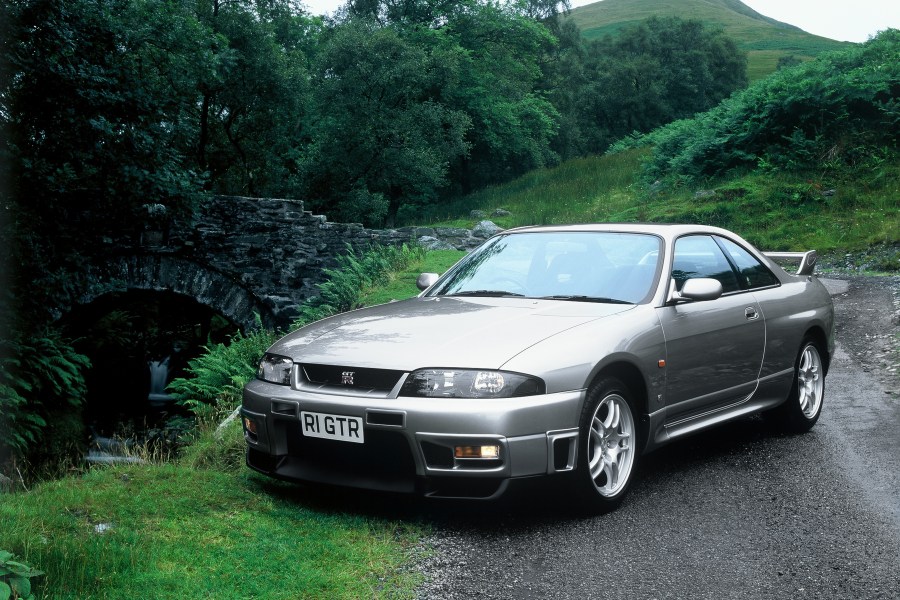
Nissan Skyline GTR (R33)
Most enthusiasts believe that the R34 was the first Skyline ever to be imported into Britain on an official basis. This, however, is wrong. The previous R33 was brought into the country in limited numbers – and while driving enthusiasts won’t necessarily care that their car of choice is to UK spec, collectors of this cult classic will care about the differences enough to seek out one of the original UK spec cars.
Just 100 were brought to these shores, by Middlehurst Ltd acting on behalf of Nissan. They all came into the UK for 1997, and were sold under Single Vehicle Approval regulations, meaning each car was individually inspected by the UK government to ensure compliance before registration.
Oil and differential coolers were fitted to the UK cars – all of which started as the luxurious V-spec version of the car. They had different front bumpers to accommodate the coolers, a 180mph speedo and E-marked glass certified as compliant with European legislation. The first twenty were trimmed in Connolly leather – but following feedback that this reduced support and grip the remaining UK cars were trimmed as standard in cloth. Barring ECU tweaks for UK fuel, they were otherwise relatively unchanged from the Japanese spec.
This list of changes, of course, means that no self respecting R33 collector’s garage is complete without a UK specification car. But with so few built, you’ll be lucky to find one and you’ll pay strong money. For most of us, it’s better value to find an import and dream of the genuine article…
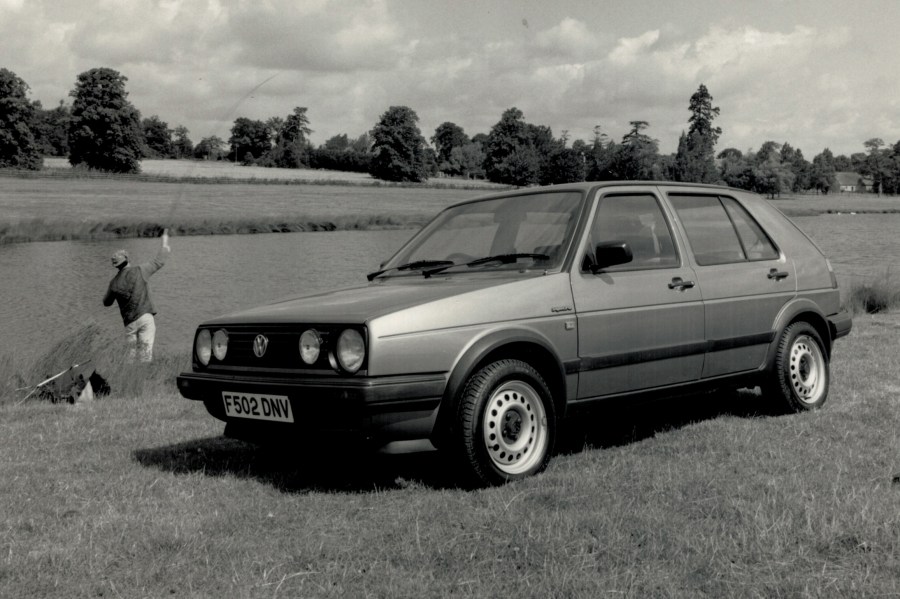
Volkswagen Golf Syncro
Sometimes the best performance car bargains are the ones that nobody quite realises are there. And the Volkswagen Golf Syncro fits this description to a tee. Who, after all, is going to take a single glance at a Golf that doesn’t have those three legendary letters on the back, nor a golf ball gearknob, now a red stripe around the grille? And with good reason, because the Mk2 Golf range was very worthy, but oh so very dull at the same time.
The Syncro, however, had a different party piece to the GTI. It built upon Audi’s work with the Quattro system, this time using a viscous coupling to split torque to near 50/50 levels. Barely a thousand Syncros made it to Britain, but in wet weather their improved grip meant that despite under 100bhp they could be just as entertaining as big brother GTI.
The system was later used to good effect in the Rallye Golf homologation special, which offered an Integrale style body kit and a G60 supercharger bolted to its 1.8-litre engine. The Golf Country was one of the first soft-roaders – a Golf Syncro with higher suspension and a tough bodykit. If you can find one of the fifty Country GTIs built for staff who worked on the Country project, you’ve got a rare, exciting, and capable classic.
If you can find a Syncro, it’s a useful car and up to everyday use. Five door hatches are about the most practical a car gets, and all Syncros sold in Britain were five door models.








